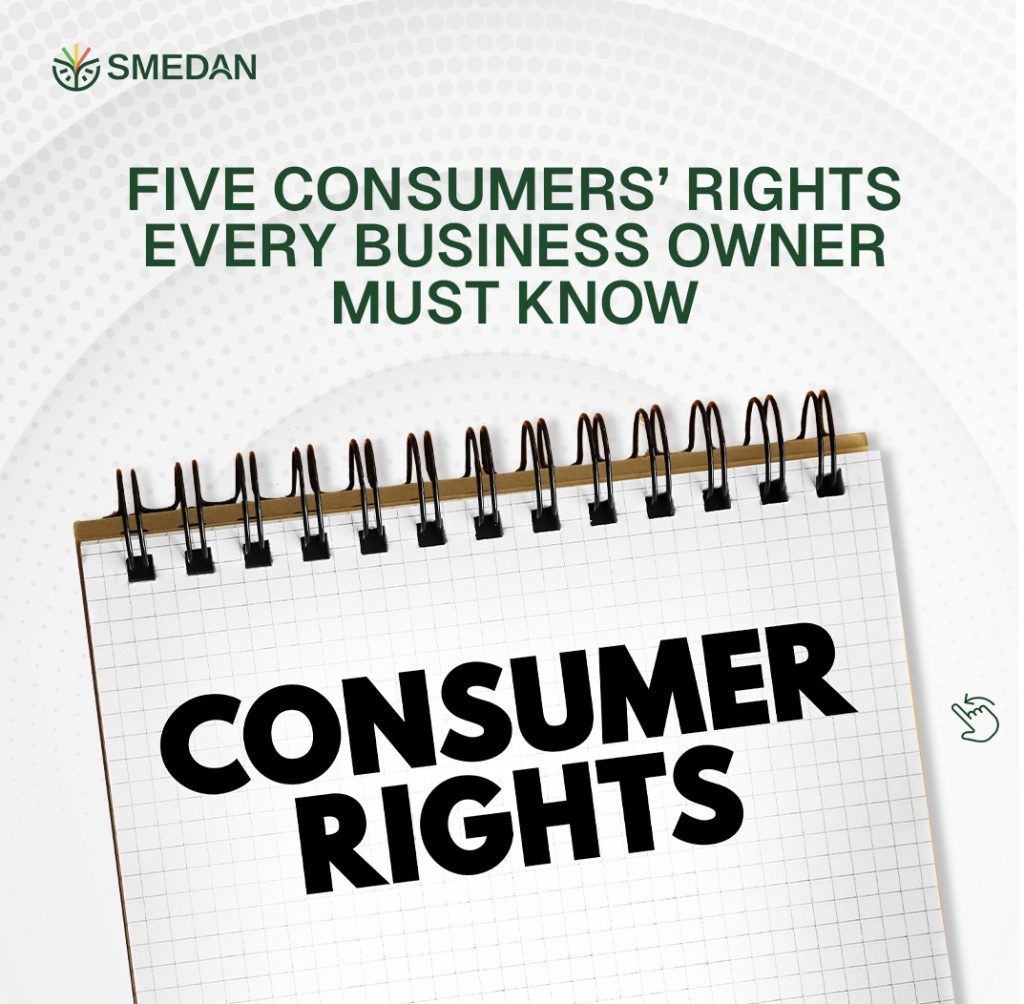
===INTRO:===
In the bustling world of online shopping, Australia boasts a vibrant marketplace filled with innovative stores and tempting deals. However, with the convenience of digital shopping comes the challenge of distinguishing genuine websites from sneaky fakes. Fake online stores can be tricky—they often look convincing, but lurking beneath their polished surface are risks like fraud, data theft, and subpar products. Don’t worry! With a keen eye and a few simple tips, you can confidently navigate the web and keep your shopping experience safe, fun, and fraud-free. Ready to become an online shopping superhero? Let’s dive in!
Spot the Signs: How to Recognize Fake Websites in Australia
One of the first clues to spotting a fake website is examining its URL. Fake sites often use domain names that mimic well-known brands but with slight misspellings or unusual extensions—think “amzonz.com” instead of “amazon.com.” Always double-check the website’s address bar and ensure it starts with “https://”, where the “s” indicates a secure connection. If the site lacks this, your personal information might be at risk. Also, pay attention to the website’s design; while a sleek look isn’t always guaranteed, glaring errors such as poor graphics or broken links can signal a scam.
Another tip is to look for contact information and company details. Legitimate Australian stores usually provide clear contact info, including a physical address, customer service phone number, and email. Fake websites often omit these details or provide vague or suspicious info. Do a quick online search to verify the store’s reputation—reviews on independent platforms or social media can offer valuable insights. If a site offers unbelievable deals that seem too good to be true, trust your instincts; often, these are red flags designed to lure unsuspecting shoppers.
Finally, check the website’s policies, especially those related to returns, refunds, and privacy. Authentic stores have transparent policies accessible via links at the bottom of their pages. Fake sites may have vague, overly complicated, or missing policies, indicating they might not be legitimate. Look for spelling mistakes and poor grammar, which are common in scam websites. If something feels off or inconsistent, it’s better to step back and find a trusted retailer instead of risking your personal info or money.
Stay Safe Online: Tips to Avoid Fake Stores and Shop Smartly
To stay safe from imposters, always start by shopping from well-known and trusted Australian retailers or official brand websites. Use search engines and read reviews before making a purchase—customer feedback can reveal a lot about a store’s authenticity. Installing reputable security software and keeping your device’s browser updated helps protect your personal data from cyber threats lurking behind fake sites. Consider using secure payment methods like credit cards or trusted payment gateways, which often offer added protection against fraud.
Another smart move is to scrutinize the website’s security features. Look for padlock icons in the address bar and ensure the URL begins with “https://”. These signals indicate that your data is encrypted and safer from hackers. Avoid entering sensitive information on sites that lack these security measures. Also, be cautious about sharing personal info—only provide what is necessary and avoid sites requesting excessive data. If a website asks for details like your full address, phone number, and payment info without reason, it’s best to walk away.
Finally, trust your gut and take your time. Do not rush into purchases, especially during flash sales or limited-time offers. Cross-check prices across different trusted sites to gauge what’s reasonable. If the deal looks too good to be true, it probably is. Keeping a healthy dose of skepticism and being vigilant can save you from scams, stolen identities, and financial loss. Remember, a little caution goes a long way in turning your online shopping into a safe and enjoyable adventure in Australia’s digital marketplace.




